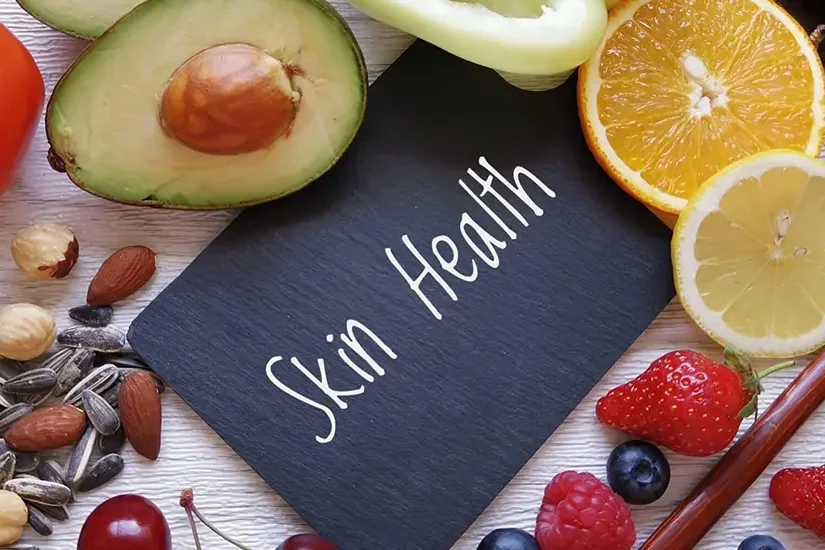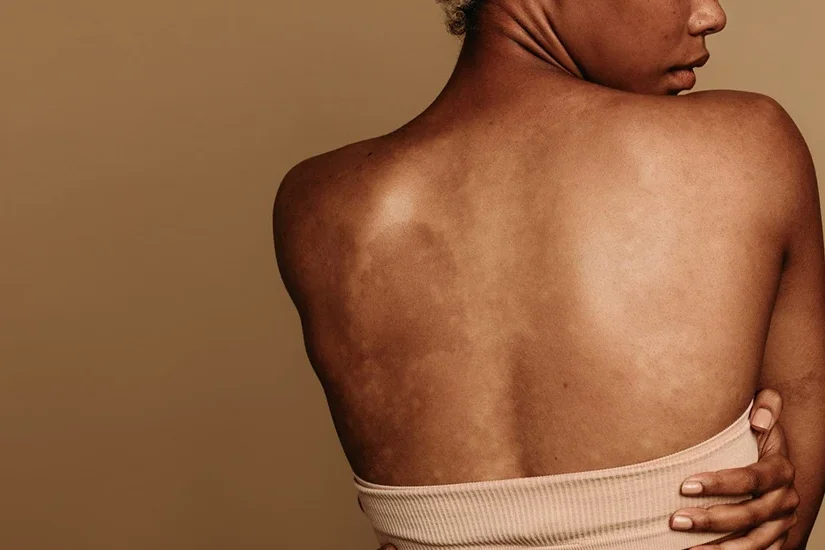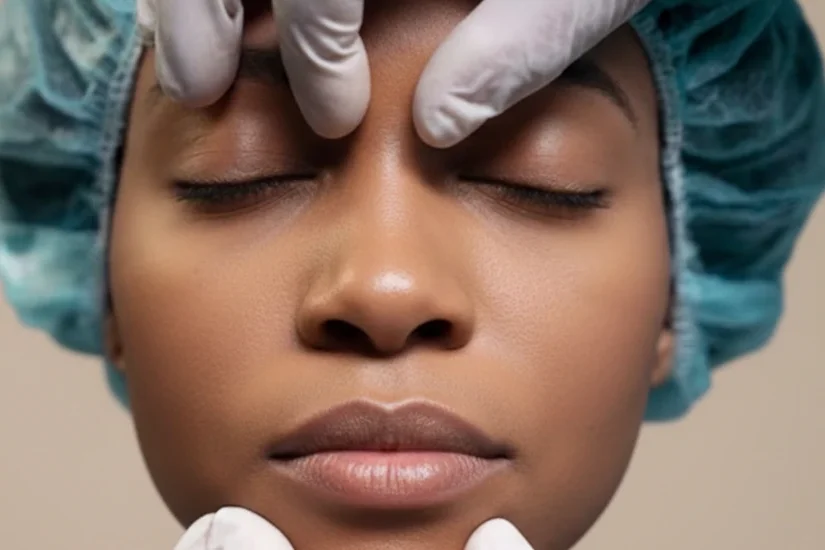Difference between Clinical and Cosmetic Dermatology
Dermatology, as a branch of medicine, encompasses a broad spectrum of services aimed at maintaining skin health. Within this field, there are two primary categories: clinical dermatology and cosmetic, also known as aesthetic dermatology. While both are crucial in the overall care of the skin, their objectives, treatments, and outcomes differ significantly. This blog post will explain the differences between clinical and cosmetic dermatology, highlighting common conditions and treatments. We will also explore how each specialty contributes to skin health, providing a well-rounded understanding for anyone considering dermatological care in Kenya.
Understanding Clinical Dermatology
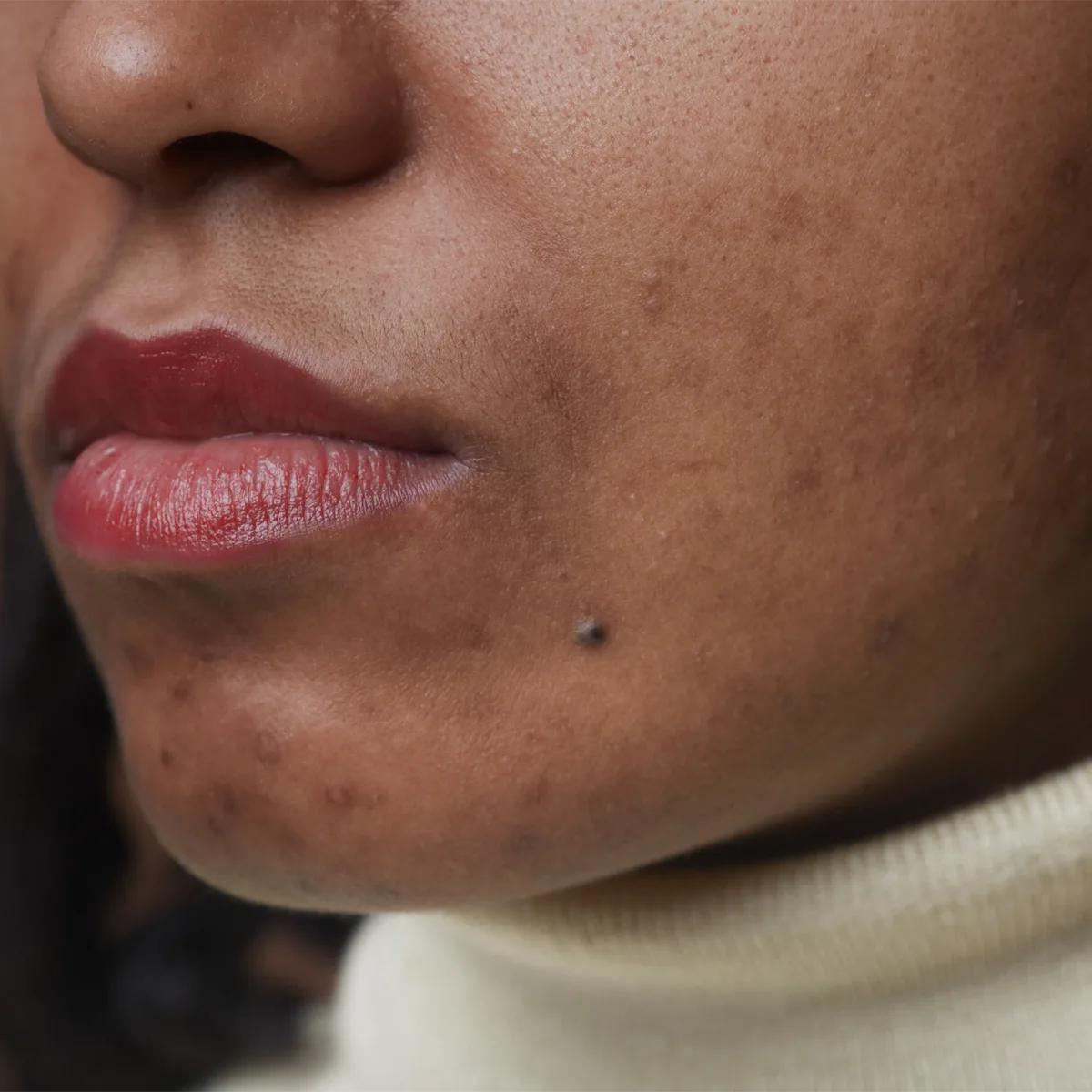
Clinical dermatology focuses on diagnosing and treating skin conditions and diseases. It is rooted in medical science, addressing health concerns that may impact not only the skin but also the overall health of the patient. Clinical dermatologists treat a wide range of conditions, from common ailments like acne , eczema to more severe diseases like psoriasis and skin cancer.
Common Conditions in Clinical Dermatology
- Acne: Acne is the most prevalent skin condition in Kenya, particularly among adolescents and young adults. It affects approximately 70-80% of people aged 11 to 30 years old. Clinical treatment involves topical or oral medications, such as retinoids and antibiotics, to reduce inflammation and bacterial growth.
- Eczema: Eczema, or atopic dermatitis, is another common condition, particularly in Nairobi where pollution and harsh weather conditions exacerbate symptoms. It affects about 10-20% of children and 1-3% of adults in Kenya. Treatment typically includes corticosteroids, moisturizers, and antihistamines to manage itching and inflammation.
- Psoriasis: Though less common, psoriasis affects approximately 2-3% of the Kenyan population. This chronic autoimmune condition requires long-term management, often through topical treatments, phototherapy, or systemic medications.
- Skin Cancer: With increasing awareness, more Kenyans are getting screened for skin cancer. The most common types include basal cell carcinoma, squamous cell carcinoma, and melanoma. Early detection and treatment, which may involve surgical excision, radiation, or chemotherapy, are crucial for positive outcomes.
Clinical Dermatology in Kenya
In Kenya, access to clinical dermatology is expanding, particularly in urban areas like Nairobi, Mombasa, and Kisumu. However, rural areas still face significant challenges due to limited access to specialized dermatological care. A study published in 2022 indicated that only 30% of dermatology clinics are located outside major cities, highlighting the need for better distribution of healthcare services. Public hospitals and clinics, along with private practitioners, are essential in managing skin conditions, especially with the rise of non-communicable diseases linked to lifestyle changes.
Understanding Cosmetic Dermatology
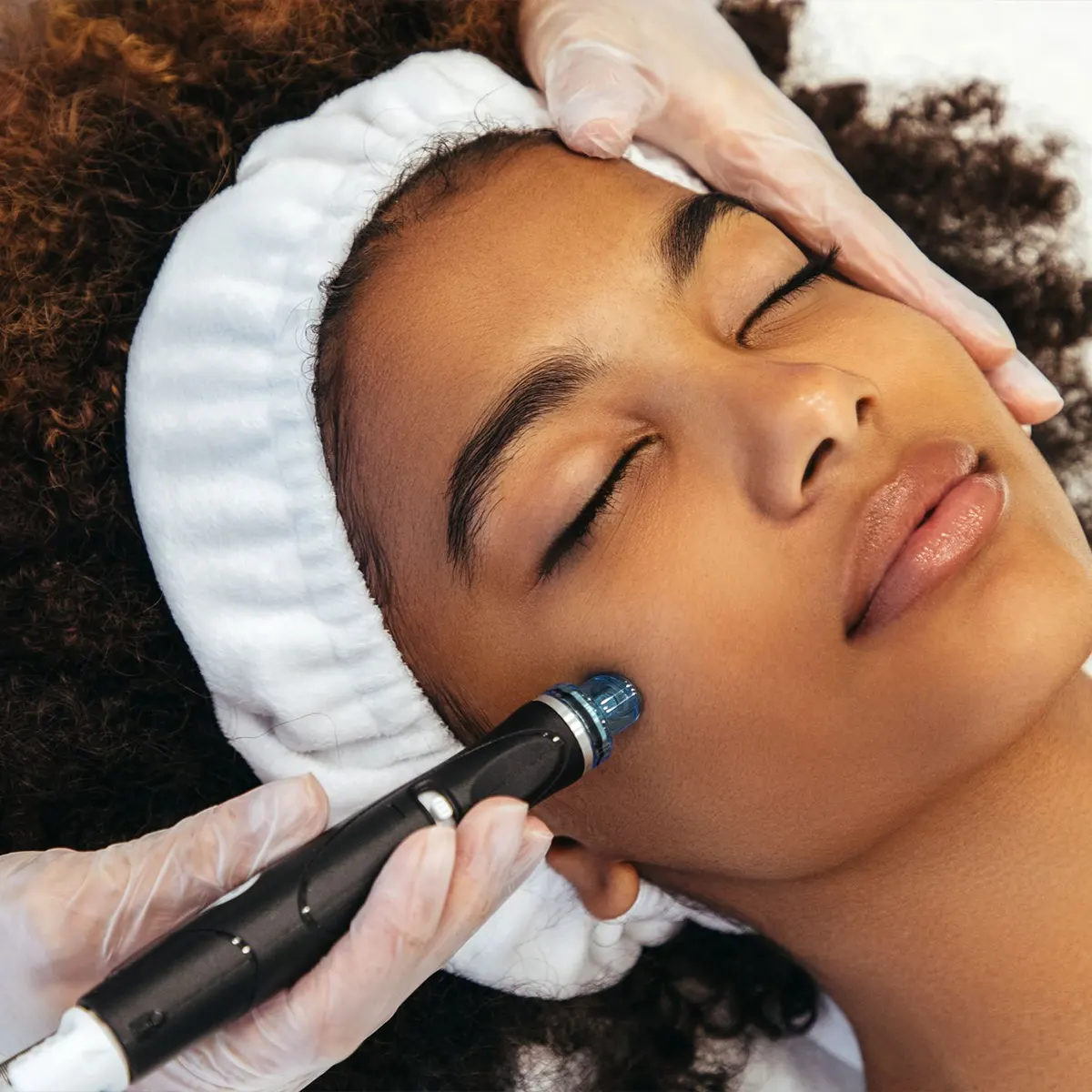
Cosmetic dermatology, on the other hand, is focused on enhancing the appearance of the skin, hair, and nails. While clinical dermatology addresses health concerns, cosmetic dermatology is often elective and aims to improve aesthetic appeal. This branch of dermatology includes treatments that may not necessarily be medically required but are sought by individuals for personal reasons.
Common Treatments in Aesthetic Dermatology
- Botox and Fillers: Botox and dermal fillers are among the most popular cosmetic procedures globally and are gaining traction in Kenya. Botox is used to reduce wrinkles by temporarily paralyzing facial muscles, while fillers restore lost volume and smooth out wrinkles. These procedures are increasingly sought after by individuals in Nairobi and other urban centers.
- Chemical Peels: Chemical peels involve applying a chemical solution to exfoliate the skin, revealing a smoother and more even complexion. They are commonly used to treat hyperpigmentation, acne scars, and sun damage. In Kenya, chemical peels are becoming popular, especially among women looking to enhance their skin tone.
- Laser Treatments: Laser treatments are used for various cosmetic purposes, including skin rejuvenation , scar remodeling/re surfacing, hair removal and tattoo removal. The demand for laser treatments is on the rise in Kenya, particularly among individuals seeking long-term solutions for unwanted hair , rejuvenation or pigmentation issues.
- Microdermabrasion: Microdermabrasion is a non-invasive procedure that exfoliates the skin to improve texture and tone. It is commonly used to treat acne scars, fine lines, and sun damage. This treatment is becoming more accessible in Kenyan beauty clinics and dermatology centers.
Cosmetic Dermatology in Kenya
The demand for cosmetic dermatology in Kenya has been steadily increasing, driven by a growing middle class and a heightened awareness of beauty standards. Social media platforms, particularly Instagram and Tik tok, have played a significant role in popularizing cosmetic treatments. According to a 2023 survey, 60% of urban women in Kenya have considered or undergone a cosmetic procedure. Nairobi remains the hub for cosmetic dermatology, with numerous clinics offering a wide range of services.
However, the rise in demand has also led to concerns about the safety and regulation of these procedures. Many Kenyans are seeking treatments from unlicensed practitioners, leading to complications and unsatisfactory results. Our dermatology clinic in Nairobi consists of highly sought, licensed dermatologists, offering the best care.
Key Differences between Clinical and Cosmetic Dermatology
- Objective: The primary difference lies in the objective of the treatments. Clinical dermatology focuses on treating skin diseases and conditions that impact health, while cosmetic dermatology aims to enhance appearance.
- Treatment Approach: Clinical dermatologists use medically necessary treatments, often covered by insurance, to address skin health issues. In contrast, cosmetic dermatology involves elective procedures that are typically not covered by insurance.
- Patient Demographics: Clinical dermatology serves a broad demographic, including children, adults, and the elderly, with various skin conditions. Cosmetic dermatology tends to attract individuals seeking aesthetic enhancements, often from the middle and upper socioeconomic classes.
- Regulation and Safety: Clinical dermatology is strictly regulated, with treatments approved by medical authorities. Cosmetic dermatology, while also regulated, often sees a higher risk of unlicensed practices, particularly in countries with emerging markets like Kenya.
Conclusion
Both clinical and cosmetic dermatology play vital roles in skin health, but they cater to different needs and objectives. In Kenya, the distinction between the two is becoming increasingly relevant as more people seek both medical and aesthetic skin care. Whether you are dealing with a skin condition or looking to enhance your appearance, understanding the difference between these two branches of dermatology will help you make informed decisions about your skin care journey.
If you are experiencing any skin-related issues or are interested in cosmetic procedures, consult a qualified dermatologist in Nairobi today. Whether for clinical or cosmetic purposes, professional care is essential for achieving the best results and maintaining healthy and beautiful skin.
Experience yourself
Dermatologist
Dr. Venkatesh is a distinguished Kenyan Dermatologist in Nairobi, with a passion for clinical…
Explore more Insights
The Importance of Diet for Skin Health in Kenya
When it comes to maintaining healthy, glowing skin, many people in Kenya…
Top Dermatological Concerns in Kenya: Common Skin Conditions & Treatments
Dermatological issues such as acne, eczema, and hyperpigmentation are…
PRP Hair Restoration in Nairobi
If you’re looking for a natural, science-backed, non-surgical treatment…
Plastic Surgery vs. Cosmetic Surgery What’s the Difference
When people hear the terms plastic surgery and cosmetic surgery, they…
What’s Included in a Mommy Makeover Surgery?
If you’ve been looking for ways to restore your pre-baby body, you might…
Under Eye Bags: Causes and Effective Treatments
Do you look tired even after a good night’s sleep? Under eye bags are a…


